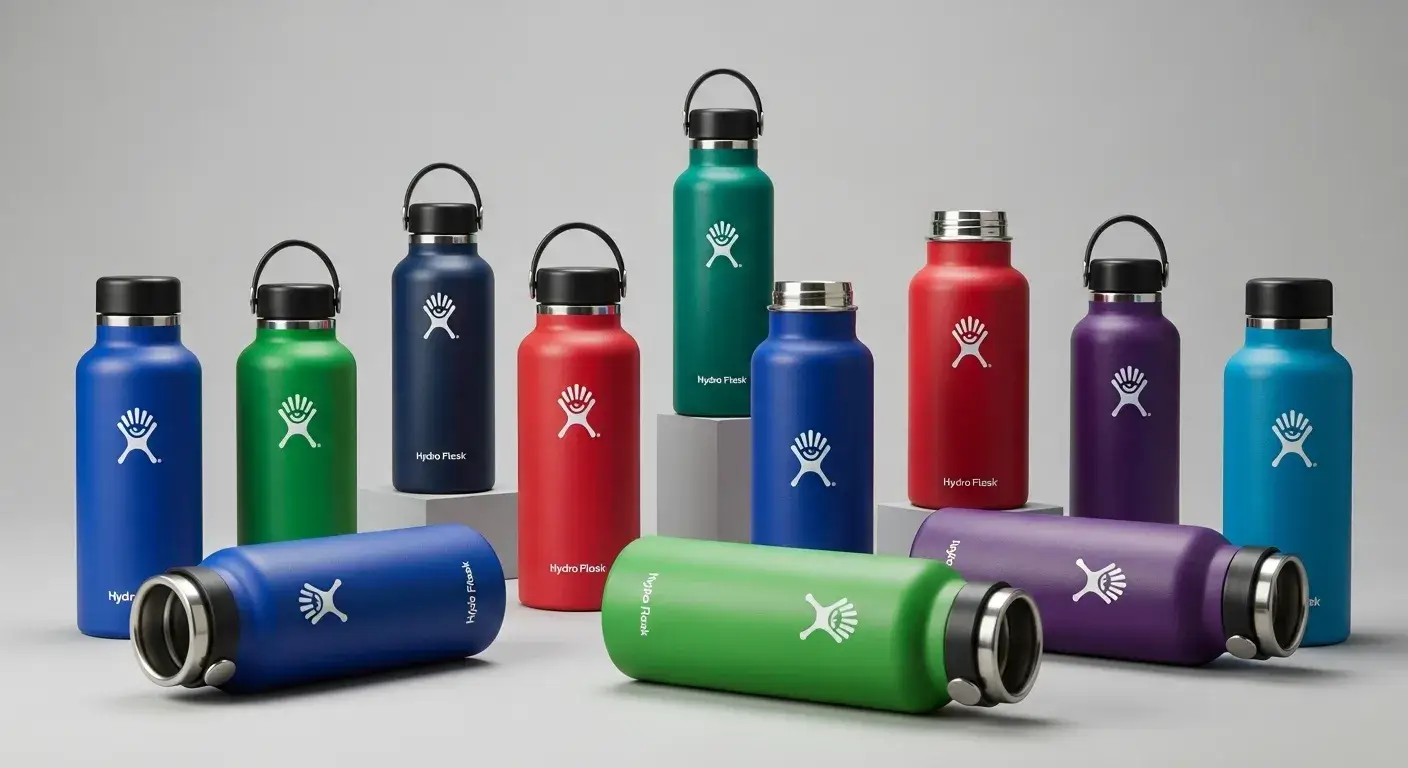
Struggling to understand how Hydro Flask bottles are made?
Here's the full breakdown to help you source smarter and design better.
Hydro Flask bottles are made from food-grade stainless steel using hydroforming and vacuum sealing technology for high insulation and durability.
Stay with me to learn how this advanced process affects price, performance, and product differentiation.
What Materials Are Used in Hydro Flask Water Bottles?
Hydro Flask bottles use food-grade 18/8 stainless steel (SUS304) known for its durability, corrosion resistance, and safety.
Hydro Flask bottles are made from 18/8 stainless steel1, a BPA-free material ideal for food and beverage safety.
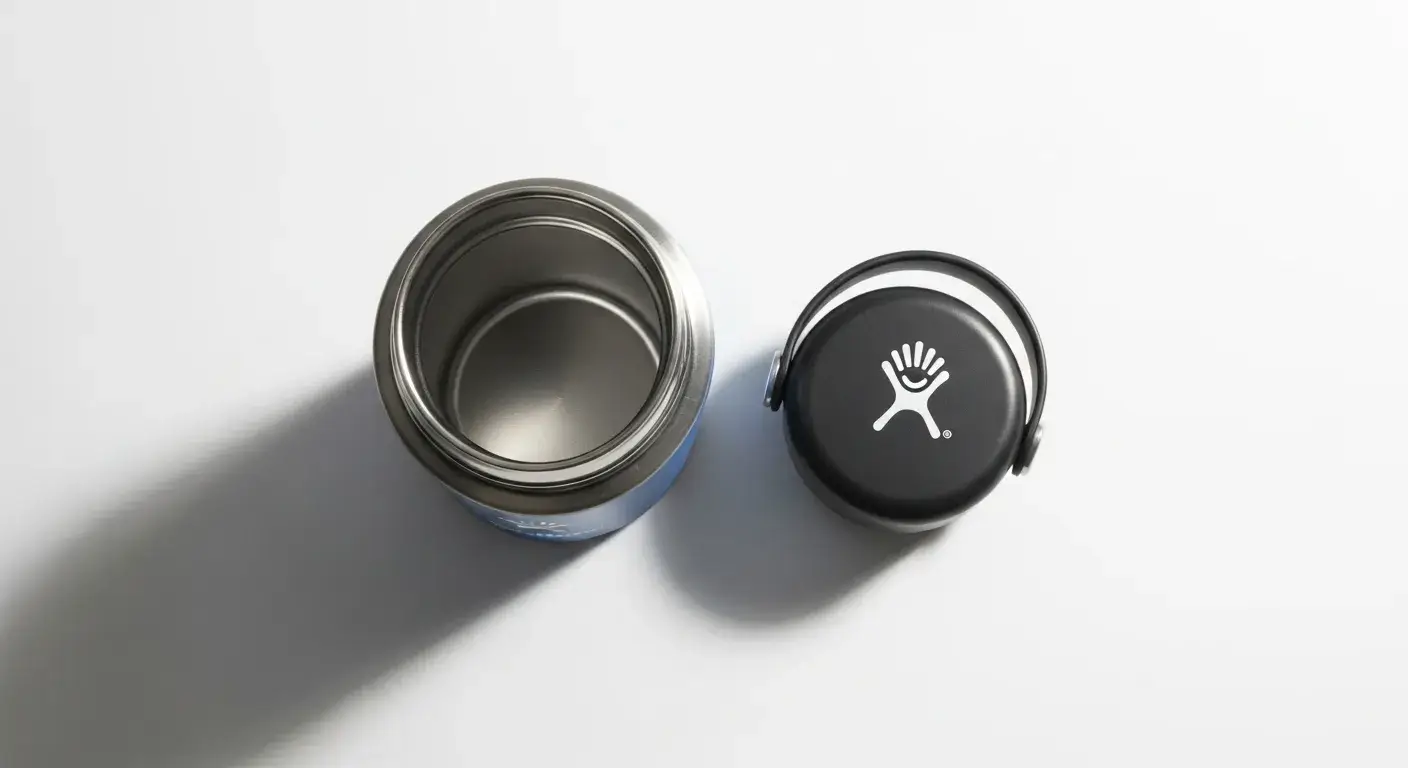
Why 18/8 Stainless Steel?
- Corrosion-resistant for long-term use
- Doesn't retain odors or flavors
- Commonly used in food and beverage applications
Bottle Component Breakdown
| Part | Material | Notes |
|---|---|---|
| Inner Wall | 18/8 Stainless Steel | Contact with liquid |
| Outer Wall | 18/8 Stainless Steel | Structural and aesthetic shell |
| Cap | BPA-free plastic | With silicone gasket |
| Coating | Powder or paint | Branding and protection |
How Is the Outer and Inner Bottle Formed?
The bottle begins as a stainless steel tube or sheet that’s shaped into a cylindrical form using high-pressure methods.
Hydroforming uses pressurized fluid to mold stainless steel2 into precise bottle shapes without seams or weak points.
Shaping Techniques
- Hydroforming: Uses fluid pressure inside a mold.
- Stretch Forming: Uses mechanical force to draw steel into shape.
Hydroforming is favored for its accuracy and ability to produce seamless, strong bottles.
What Is the Water Expansion (Hydroforming) Process?
Hydroforming involves inserting a stainless steel tube into a mold and using fluid pressure to expand it outward.
This creates a seamless, uniform bottle shape3 with optimal wall thickness and structural integrity.
stainless steel tube expanding uniformly inside hydroforming mold with fluid pressure, shown in step-by-step format with clear callouts, technical clean background
Key Benefits of Hydroforming
"Hydroforming minimizes material waste and provides better strength-to-weight ratios than traditional stamping." — Manufacturing Journal
- Seamless walls prevent leaks
- Uniform wall thickness for better insulation
- Stronger than welded or stamped alternatives
How Are the Inner and Outer Bottles Assembled?
After shaping, two bottles—one smaller (inner) and one larger (outer)—are assembled to create a double-wall structure.
The inner and outer shells are welded at the neck and base4; a vacuum is created between them for insulation.
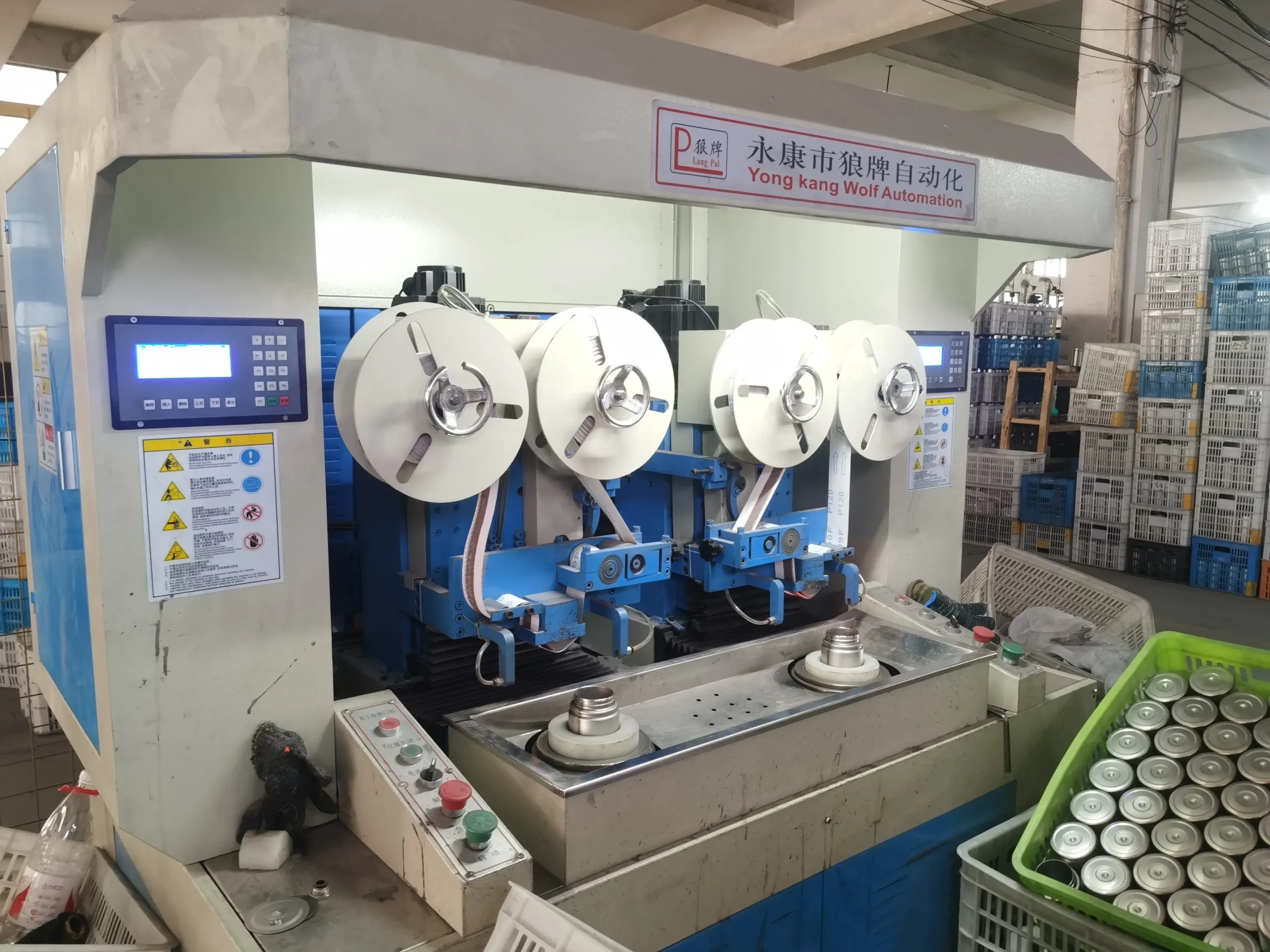
Assembly Process
- Insert inner bottle into outer shell
- Weld at the mouth and bottom
- Attach getter (absorbs leftover gases)
This prepares the bottle for vacuum sealing, which is key for thermal performance.
What Steps Ensure the Vacuum Insulation and Leak-Proof Seal?
The bottle undergoes vacuum extraction, leak testing, and inspection before final use.
Vacuum sealing between the double walls eliminates air, reducing heat transfer for long-lasting insulation5.
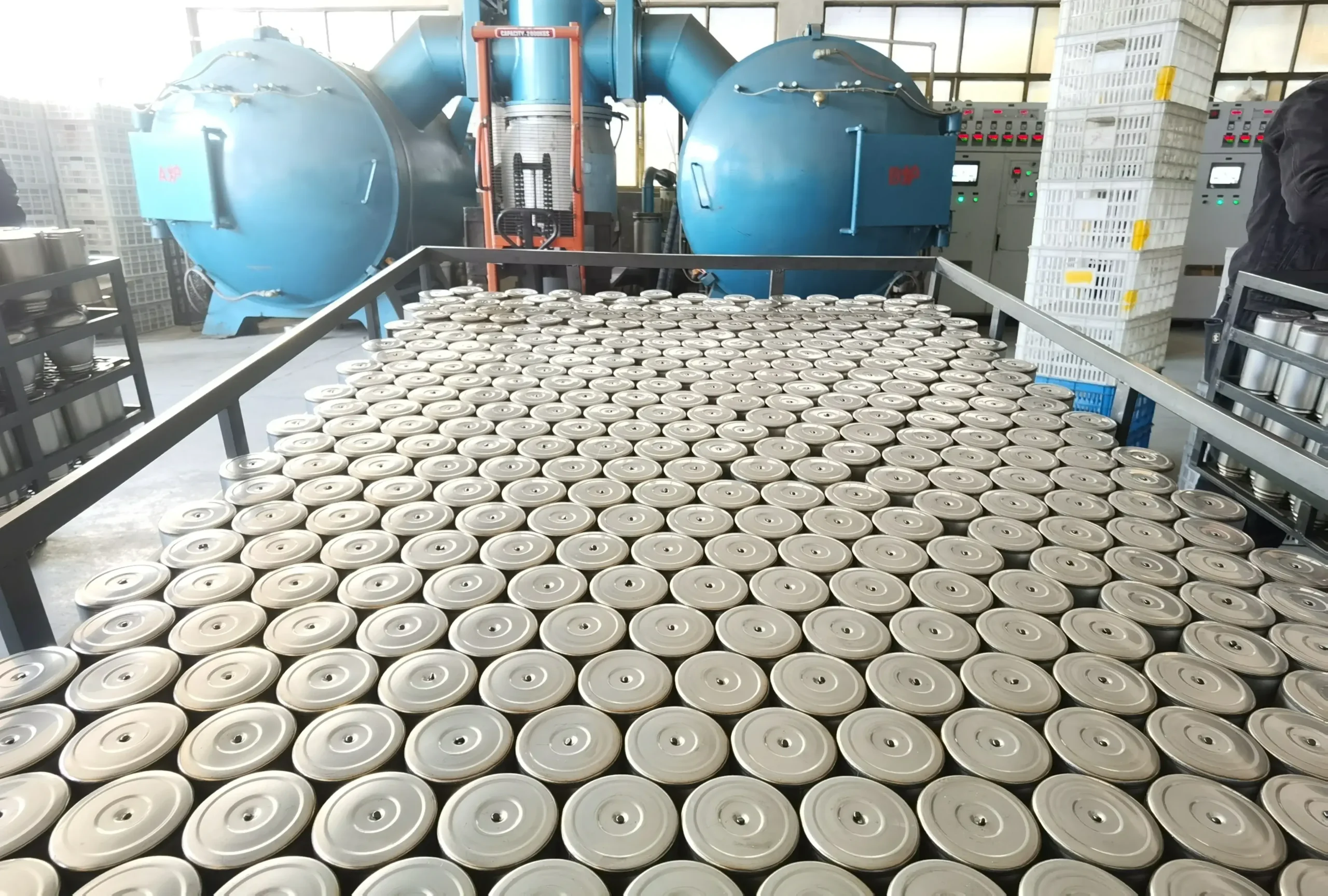
Testing Protocols
- Leak Test: Ensures no air or fluid escapes
- Vacuum Integrity Test: Confirms insulation performance
- Thermal Test: Measures hot/cold retention
These checks guarantee that each bottle performs to specification.
How Are Hydro Flasks Finished and Decorated?
Hydro Flasks are finished with coatings or prints that add both durability and design.
Powder coating, silk-screening, and laser engraving6 are common techniques for aesthetics and brand visibility.
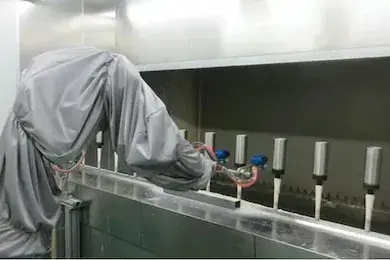
Surface Treatment Options
- Powder Coating: Durable, grippy, vibrant
- Silk Screen Printing: Custom logos, limited colors
- Laser Engraving: Permanent markings, fine detail
Finishing adds consumer appeal and protects the steel from scratches.
What Quality Control Measures Are Taken During Production?
Hydro Flask bottles go through multiple quality checks from welding to final packaging.
Every bottle is inspected for vacuum integrity, finish quality, leak prevention, and dimensional accuracy7.
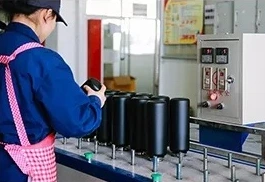
Final QC Checklist
- Visual inspection for scratches, dents, or coating issues
- Leak and vacuum retention testing
- Thread and mouth measurements
“Hydro Flask’s quality standards set it apart from many generic stainless steel bottles.” — Industry QA Specialist
Conclusion
Hydro Flask bottles are made using food-grade stainless steel, hydroforming, and vacuum insulation for quality, safety, and performance.
FAQs
Are Hydro Flask bottles safe for hot drinks?
Yes, they are designed to safely hold both hot and cold beverages with effective vacuum insulation.
Is there any plastic inside Hydro Flask bottles?
No, the interior is entirely stainless steel. Plastic is used only in the lid, and it’s BPA-free.
How long can a Hydro Flask keep drinks hot or cold?
Typically, up to 12 hours hot and 24 hours cold, depending on conditions and bottle size.
What does “18/8 stainless steel” mean?
It refers to a steel alloy with 18% chromium and 8% nickel, offering corrosion resistance and food safety.
Can the powder coating chip or peel?
It’s highly durable, but like any coating, it can wear under extreme conditions. Avoid harsh abrasives.
Footnotes:
-
18/8 stainless steel offers corrosion resistance and food-grade safety ↩
-
Hydroforming molds metal tubes into bottle shapes using fluid pressure ↩
-
The process ensures uniform wall thickness and high structural strength ↩
-
Welding the bottle shells enables double-wall vacuum insulation ↩
-
Vacuum insulation significantly reduces heat transfer for better thermal retention ↩
-
Surface finishes enhance durability and enable custom branding ↩
-
Multiple inspections ensure each bottle meets insulation and quality standards ↩

